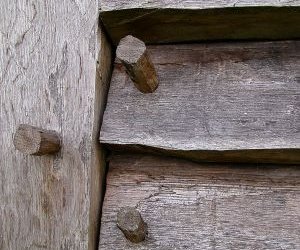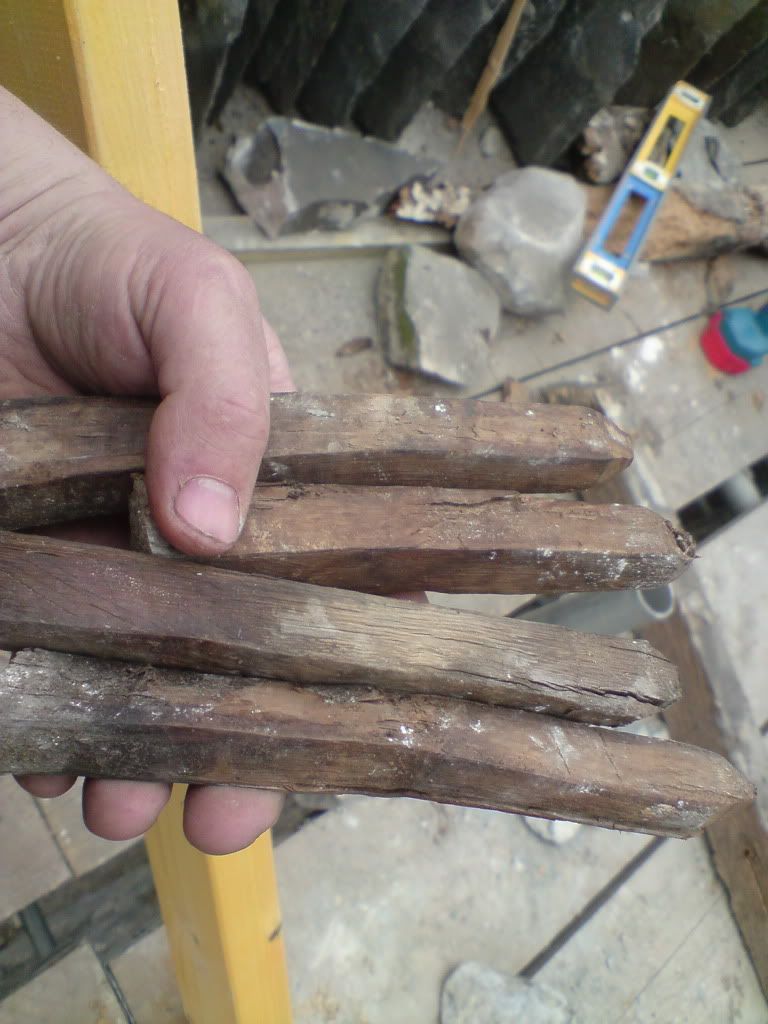LOL Only this morning I was just watching an old film where a rake maker was using a "stail engine" to make rake handles. They used to make them from big pieces of apple wood or beech and an old plane iron, pretty much like a pencil sharpener.
What do you need the tree nails or pegs for? Do you need to make loads? what diameter and how long? The veritas stuff is flashy, expensive and does work. But a lot to spend if its just a few pegs needed. And another thing with that veritas one, unless your wood is perfectly straight in terms of grain direction, the pegs it makes will have cross grain-if the grain is wavy in the blank, the machine wont recognise it. If you split and shape them yourself you follow and keep the grain direction which dramatically increases peg strength, even if it isnt perfectly arrow straight-it will still function more efficiently as a peg. Do your pegs need to have plenty of structural strength? Have you thought of using a dowel plate (big hefty iron plate with various sized holes drilled in it, or a piece of steel pipe with an internal diamter the same as your required peg size)-you pound your split blanks through it one after another, its like extrusion in a way. If the wood is green they will shrink a bit. How critical is diametr for your projects? I do a lot of drawpegged mortice and tennons, for that a roughly octagonal cross sectioned peg is fine, I taper them to a gradual point (so they resemble a wedge type reamer shape rather than a cylindrical pencil with just the very end sharpened) I just use a froe, axe and knife for those, from good clean oak. As you drive them into the offset peg holes the gradual taper tightens the joint much more gradually, much less likely to "pop the relish" LOL! I also do chair spindles sometimes which do need to be quite acurately sized with several different diamteres and profiles. I use froe/axe/drawknife to get to a rough form. Then let them dry out. Then finish with a spokeshave. I use template blocks with the required spindle diameters drilled in-I use these as a conastant reference while spokeshaving. Some old carpenters just used odd bits of tapered square oak to make rough nails to peg up softer woods like pine, the sharp edges mesh into the softer wood and grip it.
hope this helps








